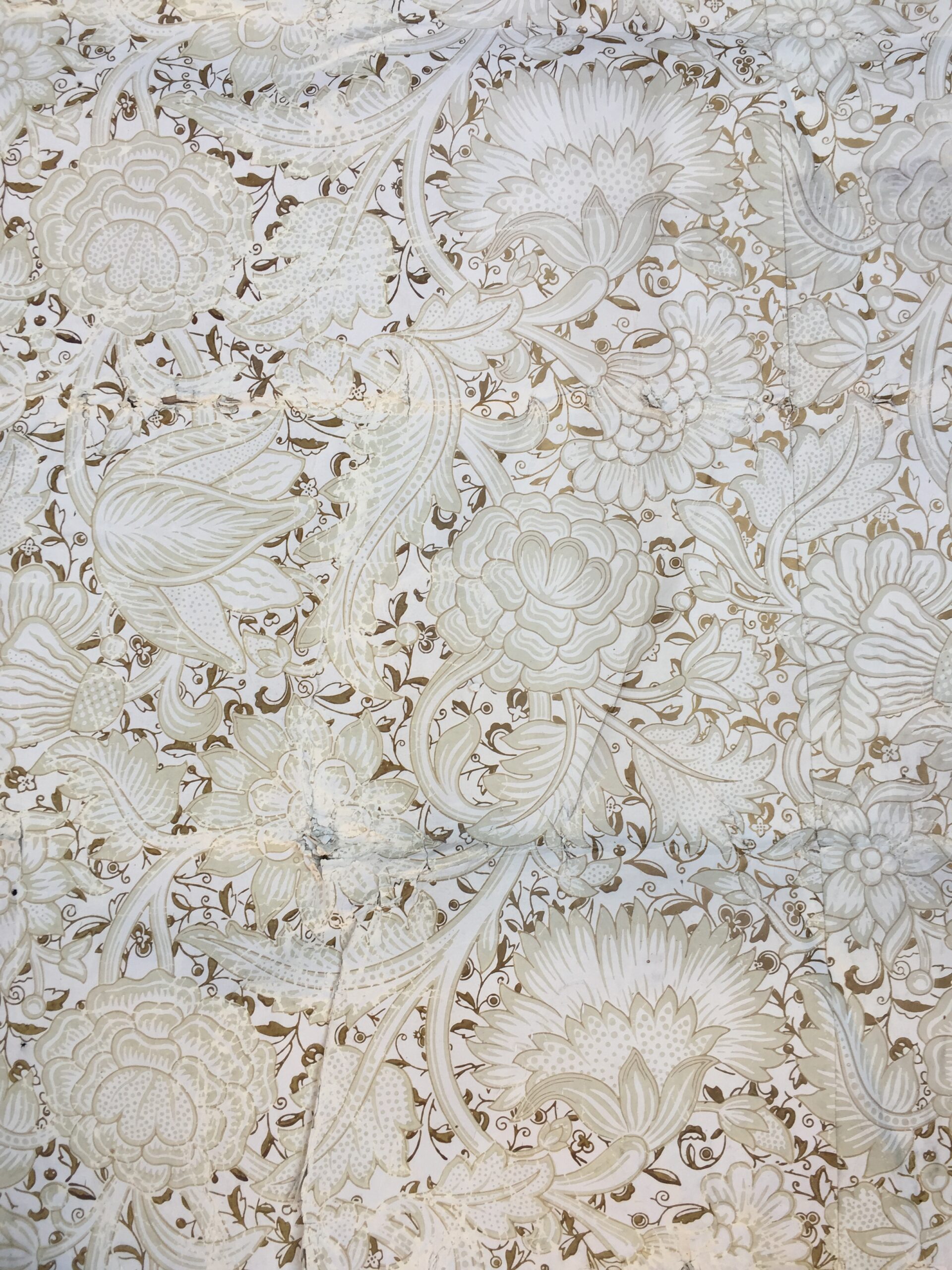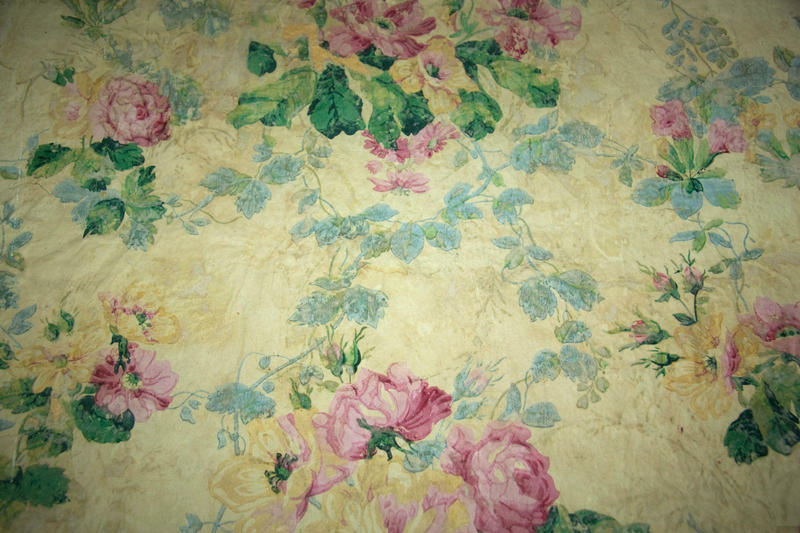Historic Wallpaper and Other Treasures – Illustrated Talk by Amy Gaimster
In her illustrated talk Historic Wallpaper and other treasures given at Remuera Library on the evening of Thursday 18th February Amy Gaimster gave an explanation of how her interest in historic wallpaper and interiors developed. She then gave an outline of her experience of working at the William Morris Gallery, London.
The William Morris Gallery is the only public museum in the world that is devoted to Morris, the radical Victorian designer-craftsman and campaigner and explores his continuing relevance today. Originally known as Water House, it is a substantial Grade II listed Georgian brick house, constructed c 1744. This date was scratched on a brick in the upper east wall. There was a house on the site, or perhaps on the moated island, as far back as the 15thcentury. The house sits within its own grounds, now a public park, with a variety of different gardens inspired by Morris. The house was the boyhood home of Morris who lived there with his widowed mother and his eight siblings, from 1848-1856. His father had died in 1847 and the widowed Mrs Morris was now reliant on income from shares in a Devon copper mine, and they were obliged to downsize from their Georgian Italianate mansion Woodford Hall, in Essex.
The Gallery houses an internationally important collection of 19th-century decorative art and craft objects. The collections at the William Morris Gallery fall into three distinct groups: the Brangwyn gift of pictures and sculptures, mainly by 19th century artists, including the Pre-Raphaelite Brotherhood; the Mackmurdo Bequest which is furniture, textiles and designs made by the Century Guild of Artists and of course the Morris collection. The latter collection, which is internationally renowned, consists of comprehensive representations of all aspects of Morris’s life and work, personalia, examples of all the products created by his company Morris, Marshall, Faulkner & Co, textiles, ceramics, furniture, stained glass, books, drawings and original designs. The textile collection consists of embroideries, tapestries, linens, gorgeous silk and velvet fabric, woven wool, cotton chintzes and rugs. It also has one of only two surviving examples of the sole design Morris & Co produced for linoleum, which was found in a skip in Oxford in the 1960s.
The last section of the talk was an overview of Heritage New Zealand’s extensive collection of wallpaper. It contains over 2,000 pieces of wallpaper (rolls, sample books and fragments from walls) dating from the 1840s to the 1970s. The bulk of this collection was gathered over many years by Stanley Northcote Bade (1906-1997), and was purchased in 1980. Northcote Bade was the founder of the Hutt District Historical Society and became its president after 20 years’ involvement. However his interest in heritage was a hobby and he worked for the Department of Health until he retired in 1971. He was a founding member of the Historic Places Trust, which later became Heritage New Zealand Pouhere Taonga. He was actually responsible for convening the very first meeting.
Northcote-Bade assembled his marvellous collection by making friends with demolition builders. It was the help of one such builder, Mr Aussie Capill, which prevented some of the finest period wallpaper fragments in the country from just being thrown in a skip! Mr Capill worked in Wellington in the 1930s to 1950s demolishing some of the city’s earliest buildings.
The collection is slowly growing – from time to time we are given donations of wallpapers that people have discovered when renovating their houses. Only recently did we receive a section of children’s bedroom wallpaper – still attached to the scrim! This particular design shows scenes from nursery rhymes including Jack and Jill and Sing a Song of Sixpence.
Our advice for anyone who discovers original wallpaper on their walls at home would be to take some photographs and get in touch with Heritage New Zealand who may be able to help identify the date of the design.
Very recently the HNZPT wallpaper collection has been made available online. As mentioned earlier there are over 2,000 samples in the collection and currently there are 656 of them on the website. Currently the physical collection is not easily accessible since many of the samples are rolled, and in rather fragile condition so it is preferable that they are handled as little as possible. By putting images and information online it means that people all over the country, and beyond are able to search and view the collection at the click of a mouse! In addition to the simple pleasure of enjoying the aesthetics of the collection, online availability means that it is an invaluable tool for people wishing to research wallpaper styles for interior restoration projects.
To celebrate the launch of the collection going online Heritage New Zealand has created a range of locally designed and crafted gifts and homewares inspired by some of the most stunning samples from the collection. This includes scarves, candles, stationary and even the classic NZ designed Blunt umbrella. Two of the designs selected date from the 1920s, and one is a striking design from the 1970s – Meadow.
Of course we don’t just have this collection of papers stored in drawers and boxes – visit our properties to see historic wallpaper in situ – Alberton and Ewelme Cottage in Auckland, Kemp House at Kerikeri Mission Station, Clendon House in Rawene and Mangungu, in the Hokianga Harbour.



